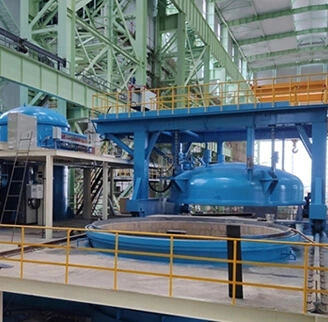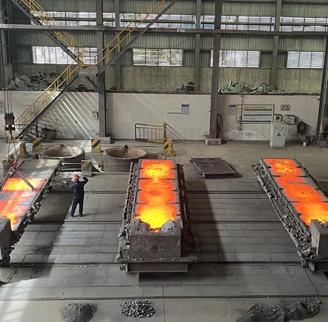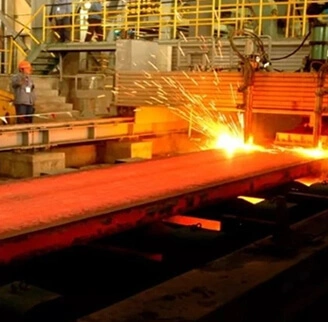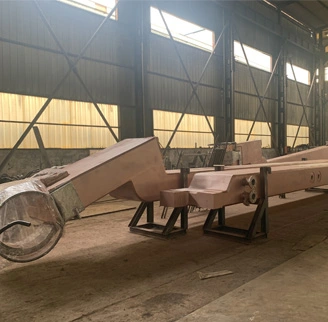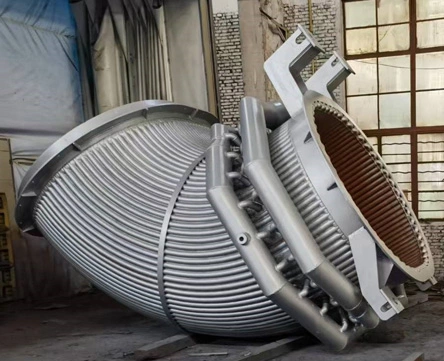In the realm of modern steelmaking, innovation and efficiency are paramount. One such innovation that has transformed the landscape is the utilization of molten iron in electric arc furnace (EAF) steelmaking. This groundbreaking approach offers a plethora of advantages that not only enhance the production process but also contribute to the overall quality and sustainability of the steel industry.
Revolutionizing Steelmaking with Molten Iron
The concept of molten iron in electric furnace steelmaking introduces an unparalleled degree of flexibility to the process. Traditional methods often require specific iron ore compositions, but with molten iron, steel furnace manufacturers can utilize a diverse range of feedstocks, including scrap steel, direct reduced iron (DRI), and hot metal. This burst of adaptability not only streamlines the sourcing of raw materials but also reduces the industry's reliance on virgin iron ore, thereby minimizing the environmental impact.
Enhanced Energy Efficiency
Molten iron's remarkable energy efficiency is a testament to its superiority in the steelmaking realm. The inherent heat energy carried by molten iron significantly reduces the energy input required during the steelmaking process. This energy-efficient electric arc furnace charging furnace attribute not only curtails operational costs but also lowers the carbon footprint of steel production. In an era where sustainable practices are of paramount importance, molten iron emerges as a shining example of how innovation can harmonize industry growth with environmental responsibility.
Advantages Galore: Molten Iron in Action
Smoother Melting Process
One of the most captivating advantages of employing molten iron in electric arc furnace steelmaking is the smoother melting process it facilitates. Molten iron exhibits an inherent fluidity that expedites the melting of other materials within the furnace. This fluid nature enables a homogenous mixture, ensuring consistent quality across the steel produced. Moreover, the improved mixing characteristics contribute to shorter processing times, resulting in higher throughput for manufacturers.
Reduced Emissions and Slag Formation
The introduction of molten iron brings forth a reduction in undesirable emissions and slag formation. Molten iron's high carbon content can actively react with impurities present in the scrap, acting as a deoxidizing agent. This dynamic process leads to the formation of less slag, minimizing the waste generated during steelmaking. As a result, not only are disposal concerns mitigated, but the overall efficiency of the furnace is enhanced, translating to a more cost-effective and eco-friendly operation.
Precision Alloying and Reduced Tap-to-Tap Time
Molten iron's composition versatility grants manufacturers the ability to precisely control the alloying process. This level of control translates into the production of tailor-made steel alloys with specific mechanical and chemical properties. Additionally, the reduced tap-to-tap time, referring to the time taken between tapping out a batch of steel and beginning the next, is a significant boon for manufacturers. Molten iron's ability to facilitate quicker alloy adjustments and heat production cycles results in enhanced productivity and responsiveness to market demands.
In an era when resource conservation is crucial, molten iron offers a lifeline to the steel industry. By enabling the utilization of scrap steel and recycled materials, molten iron contributes to the establishment of a circular economy, reducing the strain on finite resources. This approach aligns seamlessly with the global push for sustainability and fosters a future where steel production is in harmony with environmental stewardship.
 back homepage
back homepage
 EN
EN
 fr
fr  ar
ar  fa
fa 
